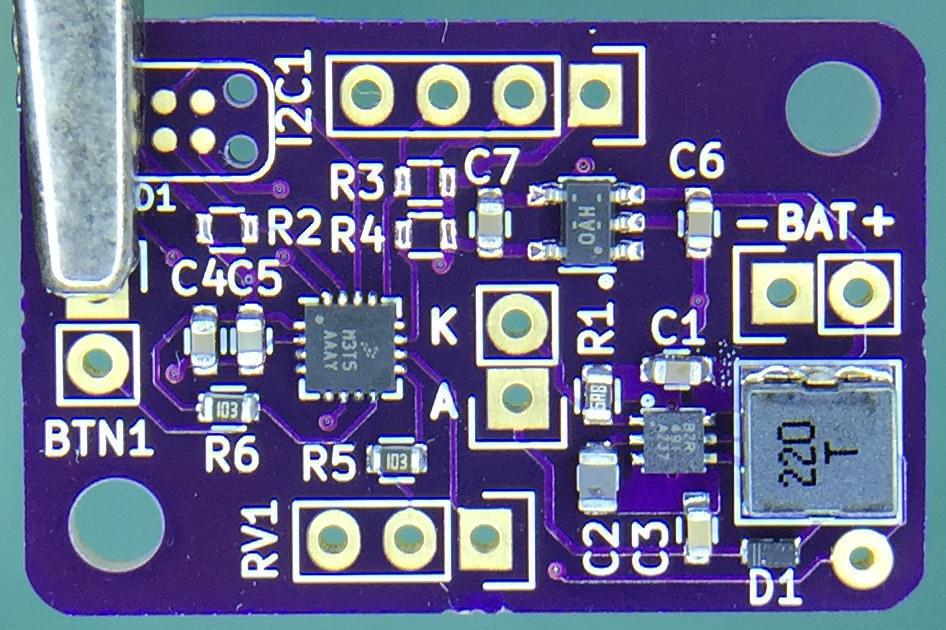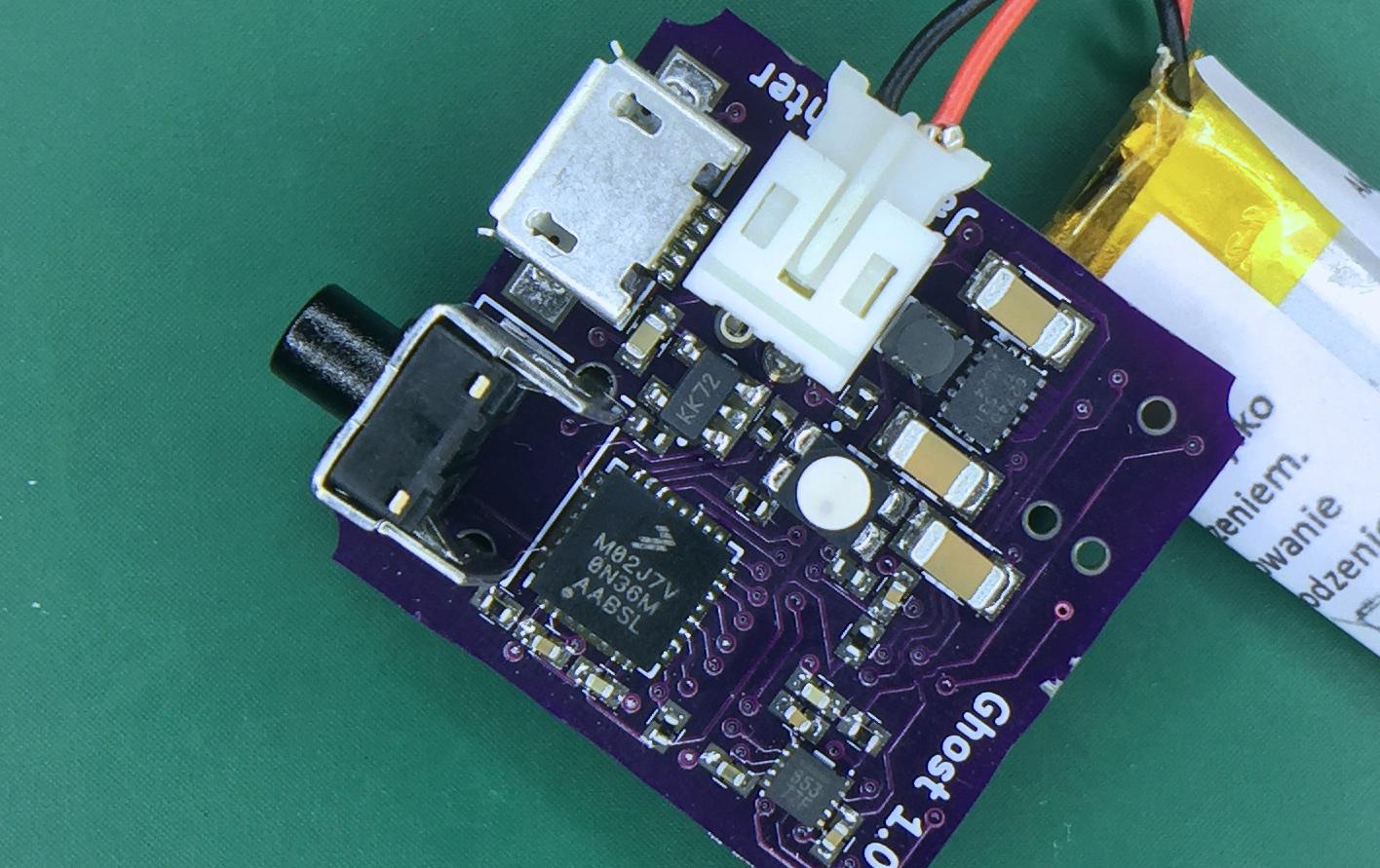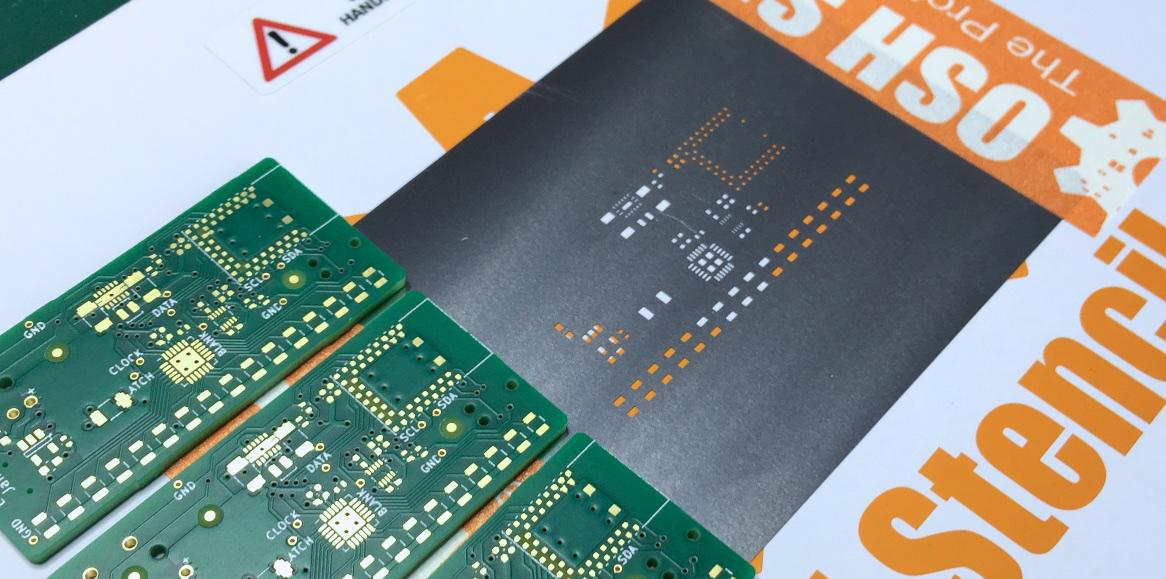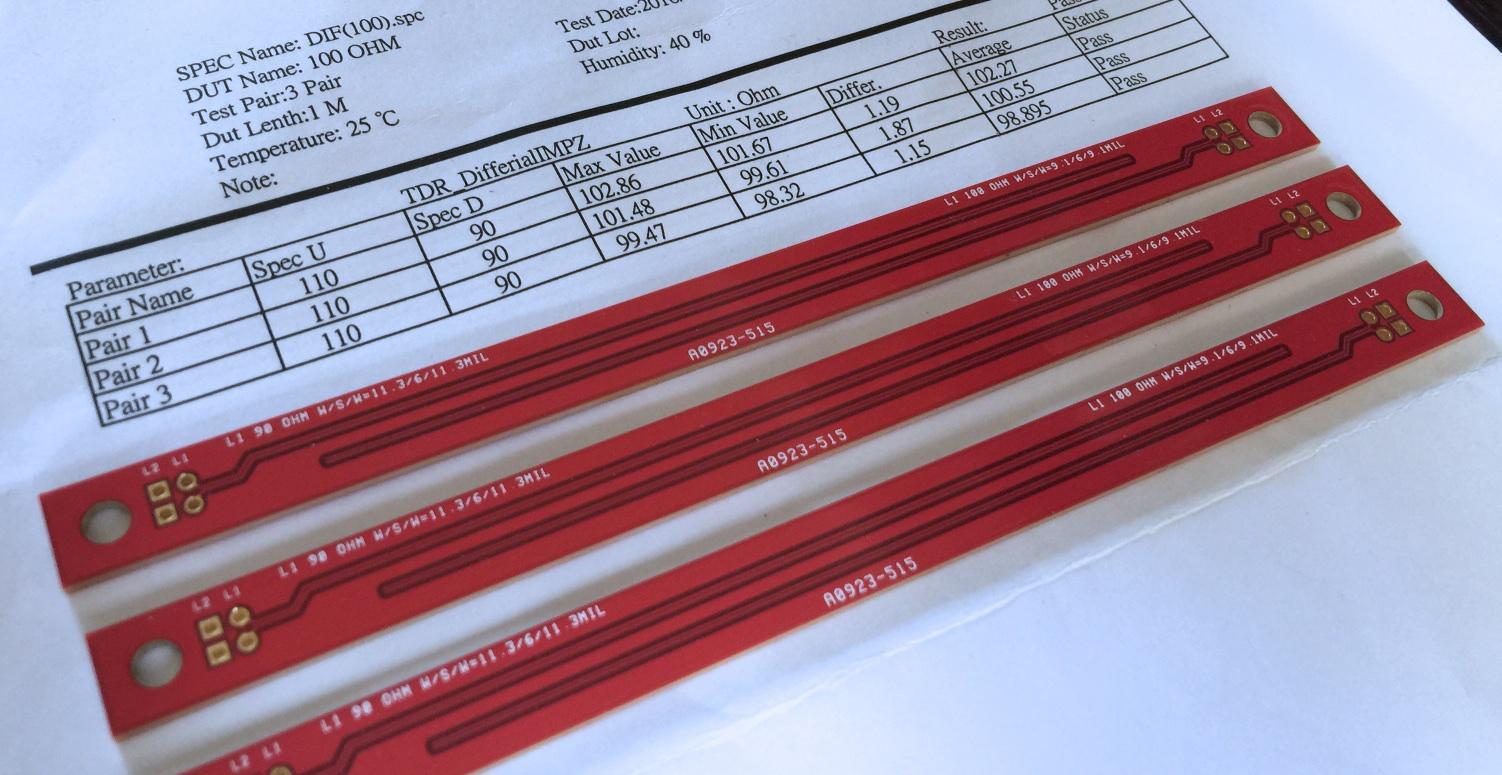Resources for hardware startups
Starting a hardware company is hard. What makes it even harder is the difficulty of finding online resources, especially services for hardware companies.
After meeting a number of people who did not know about interesting services and accidentally learning about some others myself, I decided to compile my own list, in the hope that it will be useful to others.
This is not meant to be a comprehensive directory and I do not intend to create one. It's my list: I personally used most services and tools listed here, or heard good things about them, which is why I can recommend them.
This list is also focused on services that are relatively inexpensive and quick. Hardware startups usually do not have a ton of money and need to iterate fast, so it often makes sense to use tools that some would consider to be in the "hobbyist" class.
Electronics prototyping and manufacturing
MacroFab
Upload your PCB design to MacroFab, give them your BOM, specify the exact parts to use, click "Order" and receive your fully assembled devices several weeks later. The whole process is quick, painless and fully automated. They will take care of ordering the PCBs, stencils, parts, and of putting it all together.
In general, they will assemble just about anything, including THT (Through-Hole) and large SMD components.
If you decide to work with them, consider adapting your design to use their "House Parts", as that will noticeably decrease the cost.
All the boards I received from them were of excellent quality. I had one small problem with them, where diode bridges were placed incorrectly — but given the unclear markings on the elements, I can't really blame them, and their support was fantastic. I would use MacroFab more often if the build times were shorter and more predictable, but in my case it turned out that a local CM (Contract Manufacturer) could provide faster service.
If you do not have a local CM that you work with, MacroFab is an excellent choice for your prototypes and low-volume production.
Small Batch Assembly
The goal of Small Batch Assembly is affordable low-volume electronics assembly. There are limitations as to what can be produced, so it might not be the right fit for every design.
Your local CM
Do not forget about local CMs (contract manufacturers). In many cases they can provide you with better service: faster turnaround, good communication, regular feedback. Look and ask around, they aren't always easy to find.
I found that for my needs a local CM works best, so this is what I use right now.
OSHPark
Purple PCBs from OSHPark are well-known in the hobbyist/maker world. Simple pricing, low cost, and reasonably quick turnaround mean that the service became very popular.
What some people do not realize, though, is that boards from OSHPark have excellent quality and fairly good specs, especially on their 4-layer offering. And if you need boards for in-house prototyping, the ENIG finish makes for much easier SMT soldering.
Here is an example of a quick prototype using a board from OSHPark:

And here is another device prototype. Both were assembled using boards from OSHPark, stencils from OSH Stencils and manual placement, reflowed using a hot air station. Both reflowed just fine, with no problems:

OSH Stencils
OSH Stencils makes inexpensive SMT/SMD stencils. They offer both ultra-cheap polyamide stencils for low-volume prototyping use, and stainless steel for precision work with durability. Pricing is calculated by square inch.
I've used both their polyamide and stainless steel stencils and they were all top-notch. Their turnaround time is impressive, even ordering from around the globe, the stencil arrived within a week or so, always faster than any PCB I could order.
Given their low prices, I stopped using solder paste syringes even for one-off prototypes: whenever I order a PCB, I also order a stencil.
OSH Stencils is not related to OSHPark, even though the name points to common origins.
AISLER
AISLER is the European version of OSHPark. Simple pricing, quick turnaround and excellent board quality.
Example of boards from AISLER with a stainless steel stencil from OSH Stencils:

Seeed
Seeed Studio offers a Fusion PCB service with unbeatable pricing, especially for 2-layer boards with HASL and HASL Lead Free finishes. If waiting slightly longer for your boards to ship from China is not a problem, this is a service worth considering. They also offer stencils and even PCB assembly services.
Other PCB sources
In Europe, there is Eurocircuits, which used to be expensive, but has been becoming more competitive recently.
For larger quantities I'd recommend going through your CM and using whatever they recommend and are comfortable with.
CAD (Electronics)
For designing electronics, one needs a CAD. Luckily, the choice here is rather easy. If you (or your designer) have experience with a particular CAD system and you have a license for that system — use it. In any other case — you should go with KiCAD.
KiCAD
KiCAD has a huge advantage in that it is free. And being free does not necessarily mean that it's worse than some commercial packages — quite the opposite. While it has its drawbacks and some things will be more tedious than expected, it is a surprisingly capable program.
In practical terms, 4-8 layer boards with multiple controlled impedance length-matched differential pairs are not a problem with KiCAD.
CAD (Mechanical)
Mechanical design CAD landscape changes very slowly, but recent years brought interesting changes. In particular, it is no longer necessary to pay upwards of $5000 per user. Interesting new entrants are:
Autodesk Fusion 360
A very complete CAD/CAM package. Multiplatform (Mac/Windows), which is a big advantage. Tied to the cloud, but works with or without an internet connection. Pricing is very accessible at $300/year, and additionally the software is offered for free to hobbyists, makers, educators and most importantly — young startups.
Usable for 3D printing, injection molding and CNC machining, still lacks sheet metal capabilities (company says they are working on it).
OnShape
Browser-based CAD, with an interface that is similar to that of SolidWorks. Multiplatform (any platform with a modern web browser). Does not work without an internet connection and places a particular emphasis on sharing features (other people being able to access the latest design revisions). It used to be very accessible, but the company changed the pricing and now commercial use starts at $125/month, which is rather steep compared to Fusion 360.
Usable for 3D printing, injection molding, CNC machining and sheet metal design.
Buying parts
The usual sources
The well-known major distributors for smaller quantities of parts are:
- Digi-Key,
- Mouser,
- Farnell (element14),
- RS Components (Allied).
It's important to check if a distributor operates in the area where you are located. Processing parts through customs can ruin your day, by introducing delays, additional cost and lots of additional work. For companies located in Europe, Farnell and RS are the safest bets, as they ship from within the EU. In the US, you'll likely want to use Mouser or Digi-Key.
When checking availability, it is a good idea to check all the major distributors, they do not all stock the same components. Octopart can help with checking all of them (also see below).
Smaller distributors
There are smaller, less well-known distributors, who can often offer better pricing, especially for passives. A good example is TME, located in Poland, which is a great source if you are located in the EU.
Buying directly
Some manufacturers sell directly — as an example, Texas Instruments offers their chips at competitive prices already starting at quantity of 500. It's worth looking around (PartsBox can help with auto-selecting suppliers).
Another interesting example of direct sales is Wuerth Elektronik. They make a wide range of passive and electromechanical components of excellent quality and mostly sell directly. You work with a local sales rep, printed catalogs and offers/quotes for parts that you're interested in. The advantage here is that you get excellent documentation (plus 3D CAD models) and good quality at fairly reasonable prices.
Higher volumes
If you start buying higher volumes, but do not yet have your own purchasing and logistics department, there are sometimes interesting options. The first move is usually to buy directly based on individual quotes. After that, you could start working with distributors like Arrow or Verical, who specialize in larger quantities. In practice, however, I found that it isn't always worth the effort.
In general, your first production runs will not exceed 1,000 pieces. At these volumes you shouldn't worry too much about optimizing parts cost: it might be worth it for several expensive chips, and it might be easy for some passives, but I wouldn't spend too much time on it. Availability is a bigger issue than cost, and there are many larger problems to solve.
Mechanical & 3D Printing
Most hardware startups design devices, not just boards with electronics, and founders often have limited experience with mechanical design.
It makes sense to have a local FDM (Fused Deposition Modeling) 3D printer for quick prototyping. But FDM has low precision, you can't produce a reasonably smooth surface, and you need to worry about support structures. Commercial 3D printing services will offer SLS (Selective Laser Sintering) or SLA (Stereolithography) printing, which requires a huge investment into expensive equipment, but produces much better results. Your designs will be printed with consistent quality, with minimal time investment on your side, and you won't have to worry about things like support structures at all.
Shapeways
Shapeways is mostly a marketplace for 3D-printed products, but this means they are continously improving and optimizing their processes. Turnaround for small SLS-printed parts is several days, and prices are very good.
The quality of their SLS prints is very good: while the surfaces will not be perfectly smooth, it is difficult to see the traces of 3D printing.
A close-up of a prototype printed at Shapeways using SLS (they call it strong & flexible plastic):

Materialise (a manufacturing services company)
Materialise is oriented more towards businesses (B2B) than consumers. This is both good and bad for hardware startups: on one hand, their processes are more repeatable and you can expect consistently good quality. They also support large prints. On the other hand, for small orders you might find that the minimum price is not competitive, and turnaround time isn't always great.
As for the quality, it is very comparable to what Shapeways offers.
ProtoLabs
The idea behind ProtoLabs is to not only provide prototyping services, but also a gentle transition into low-volume production. The pricing for their CNC services is not very attractive, but their rapid injection moulding is quite interesting.
They developed a process with aluminum molds, which are affordable and quick to produce. The disadvantage is their longevity: they are only good for up to 10,000 parts. In general, this is not a problem for a hardware startup: it is quite likely that you will be modifying your design before you get to 10,000 parts, and if you foresee large-volume production, you can always switch to steel molds.
Their rapid injection moulding offering is really good, but it does have downsides, compared to working with a local mold-making company. You will need to upload your design, which should be injection-ready. Designing parts for injection-molding isn't easy and requires considerable knowledge and experience. And while ProtoLabs will point out the major flaws in your design and provide some guidance, ultimately the risk is yours: at some point you will have to click "Order" and pay several thousand Euros/Dollars for the first run. If there are significant problems, you have to go back to the starting line.
Online tools
PartsBox (of course!)
PartsBox is a way to easily keep track of electronic parts and projects. Once you start building, you soon realize that you need a tool to help you remember how many what components you have. Many people start with spreadsheets, but they just don't cut it and quickly become a time sink.
Additionally, it's likely that you'll want to keep other documents with your parts: files like PDF datasheets, application notes, 3D CAD models, and similar. Sure, one can maintain a separate repository on a file server or in Dropbox, but then one has to worry about file naming, directory structure, and managing user access. PartsBox solves all that, being a single place where both part stock information and associated documents are stored.
Similarly, most people use a spreadsheet to manage their BOM and calculate costs. There are columns for manufacturer part numbers, distributor part numbers (SKU), quantity and pricing. Somebody searches for parts, finds distributor pricing for one or two vendors, selects the best price and enters it into the spreadsheet.
The biggest problem with this approach is that it doesn't scale. Even in a small project with 20-40 components, finding the pricing and entering into the spreadsheet is a lot of work.
The other issue is that spreadsheets were designed for simple tabular data. But distributor offers are anything but simple! Vendors use different price break structures, which can't easily be compared: one vendor will quote prices at quantities of 100, 500 and 1000, and another at 25, 250 and 500. There are also restrictions such as MOQ (Minimum Order Quantity) and order multiple.
PartsBox can quickly and effortlessly compare and select the best offers and provide you with a BOM price for any quantity, also taking your local stock into account.
Octopart
When you are considering a new component, Octopart is the place to go to find out about pricing and availability. Sure, you could check with your favorite distributor, but Octopart lets you check the stock and pricing with all major distributors, instantly, also taking care of currency conversions.
Calculators
For calculating things like trace width for a desired impedance, or differential pair width/spacing, I found Mantaro calculators quite helpful. I ordered boards with controlled impedance, and at least for differential microstrips, the measurement results were spot-on.
Here is an example of impedance-controlled differential pairs calculated using the Mantaro calculator and produced at MacroFab:

Stack Exchange
Most questions asked in the Electrical Engineering Stack Exchange site are from beginners, but experts do frequent that site. Ask a good question and you might find an answer from someone with many years of experience.
PartsBox is an online app that lets you take control of your electronic parts inventory, BOM pricing, and small-scale production. It keeps track of where components are stored, what the current stock levels are, and which components are used in which projects/BOMs.